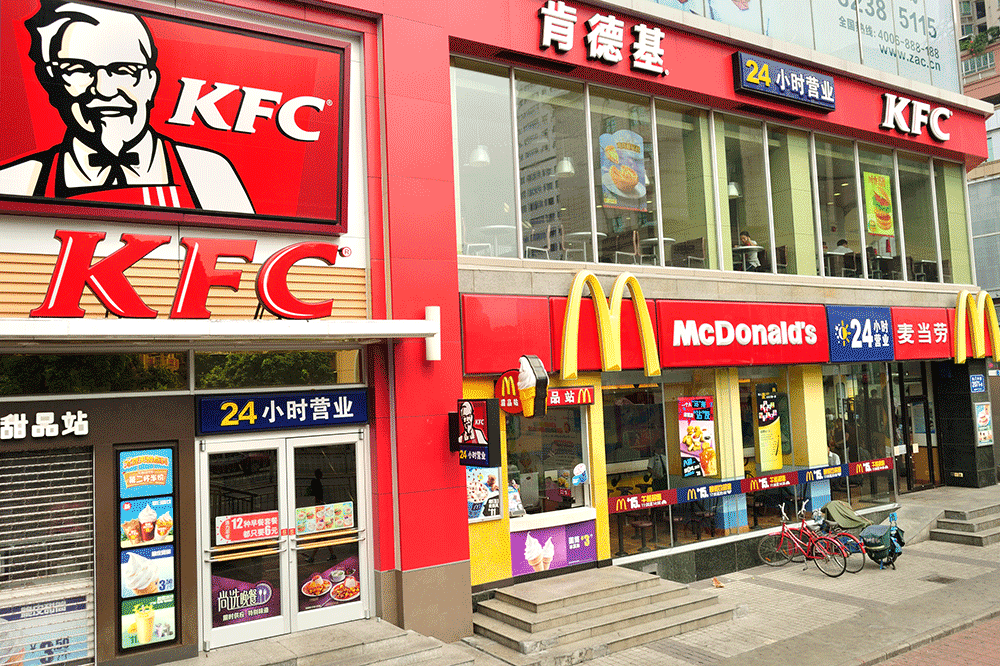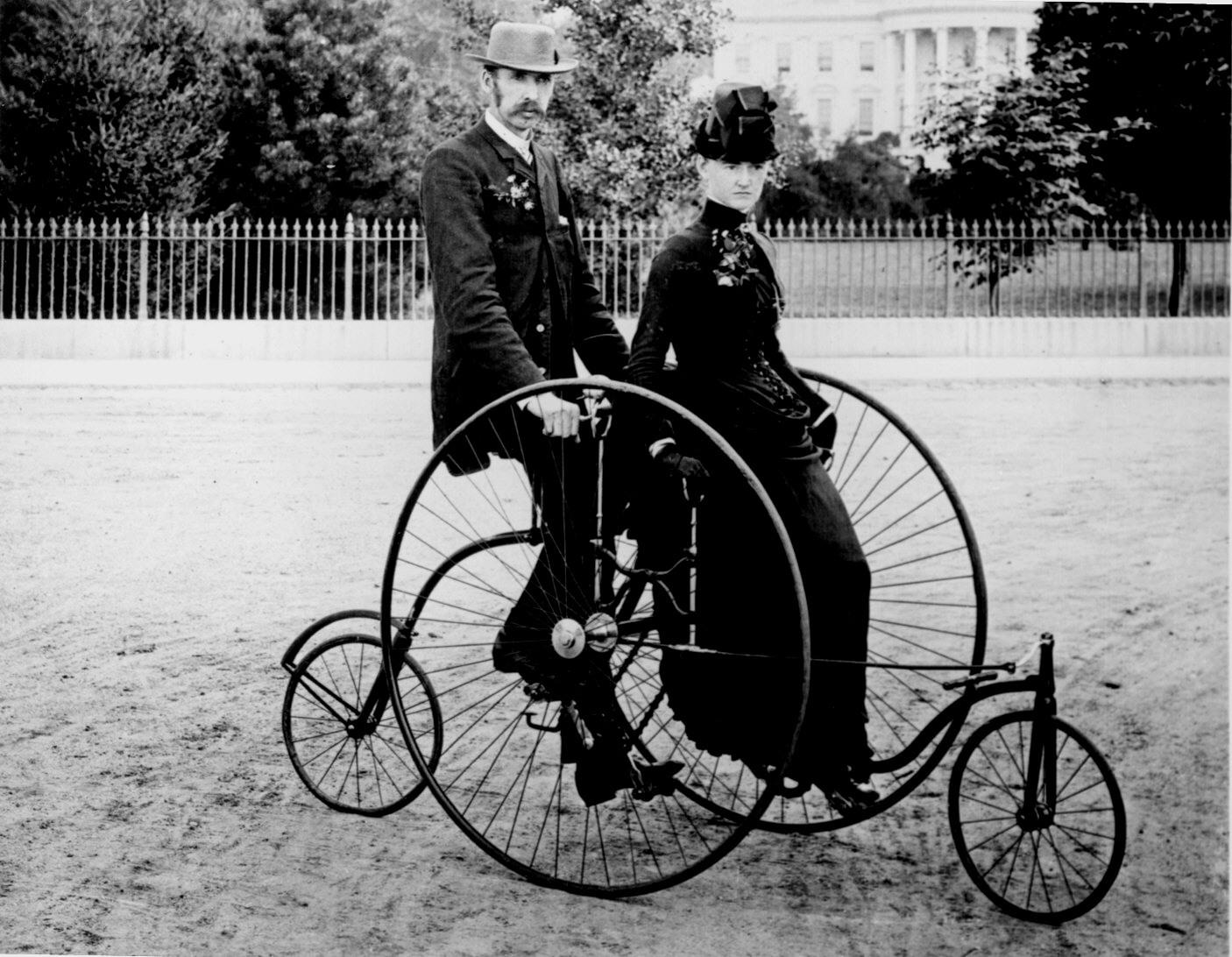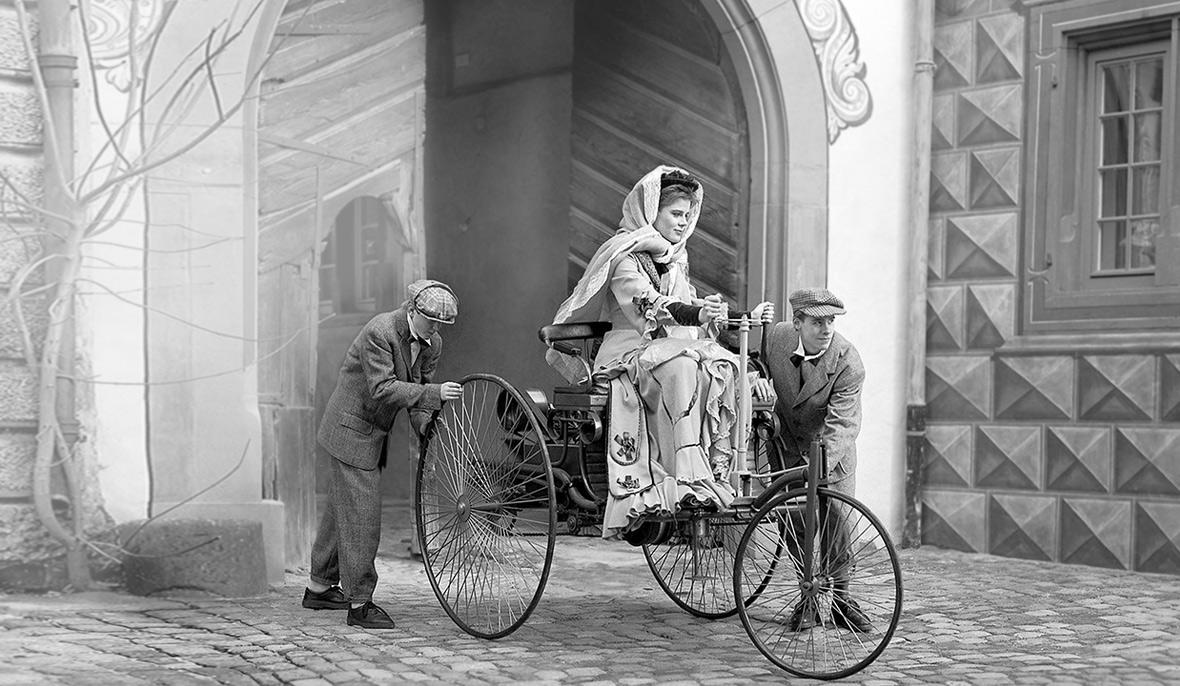Breaking Hotelling's Law
Introduction
Hotelling’s law is an observation in economics firstly made by Harold Hotelling that in many markets it is rational for producers to make their products as similar as possible. This is sometimes also referred to as the principle of minimum differentiation. The system state where the products from different producers is actually a Nash equilibrium in game theory.
In a Nash equilibrium, all the players in the game use the same strategy and get the same amount of reward, whoever tries to make a change to the strategy results in a loss of the reward. Therefore, a Nash equilibrium, or Hotelling’s law, is a stable system state that is hard to break.
In this blog post, I would like to first introduce the ice cream vendor problem, the classical example of Hotelling’s law, for the readers to understand how the Nash equilibrium is formed. Then I will introduce a derivative of the ice cream vendor problem to discuss how to break the Nash equilibrium, i.e., Hotelling’s law.
Hotelling’s Law
The Classical Ice Cream Vendor Problem
Imagine a beach of one mile long and the tourists are evenly distributed along the beach. There are two ice cream vendors who want to sell ice creams to the tourists on the beach. Suppose the ice creams and the prices from the two vendors are exactly the same, and the tourists would only go to the closet vendor to buy ice creams. So the question for the two vendors is “where should they set up their carts to get the most customers?”
In this game, the players, i.e., the ice cream vendors, could copy the strategy from each other. Thus, one player can at least go to the position of the other’s and will never have smaller number of customers than the other. Therefore, there must be a equilibrium cart position where the two ice cream vendors are both located and none of them can have a higher number of customers by moving away from the equilibrium cart position. This position happens to be the middle point of the beach.
Let’s formulate the problem mathematically. Suppose the 1D coordinates for the first vendor cart and the second vendor carts are $x_1$ and $x_2$, respectively. The number customers that the two vendors can get, $f_1$ and $f_2$, are
$$
\begin{align}
f_1(x_1, x_2)
&=
\begin{cases}
\frac{x_1 + x_2}{2} & \text{if $x_1 < x_2$}\\
1 - \frac{x_1 + x_2}{2} & \text{if $x_1 > x_2$}\\
0.5 & \text{if $x_1 = x_2$}\\
\end{cases} \\
\end{align}
$$
$$
\begin{align}
f_2(x_1, x_2)
&=
\begin{cases}
\frac{x_1 + x_2}{2} & \text{if $x_2 < x_1$}\\
1 - \frac{x_1 + x_2}{2} & \text{if $x_2 > x_1$}\\
0.5 & \text{if $x_2 = x_1$}\\
\end{cases} \\
\end{align}
$$
Because the vendors can always copy the strategy from each other, therefore, the number of customers that the two vendors can get in equilibrium will not be less than $0.5$. Suppose, at some point, the system state is $x_1 = x_2 = a$ and $a \neq 0.5$. Even though $f_1(x_1, x_2) = f_2(x_1, x_2) = 0.5$, if one vendor stays at $a$, the other vendor can always have more than $0.5$ customers by moving the vendor cart closer to $x = 0.5$. Once the other vendor saw the vendor is getting more customers, he can always move the cart to the same position. Eventually, when both of the vendors will move to the same position in the middle of the beach, i.e., $x_1 = x_2 = 0.5$. At this point, no one will move anymore, because if anyone moves away from $x = 0.5$ he will lose customers. The system is now in a Nash equilibrium.
Hotelling’s Law
The classical ice cream vendor problem suggests that it is rational for producers to make their products as similar as possible.
Even though the classical ice cream vendor problem is an extremely simplified model that it makes lots of assumptions, such as
- The products from different vendors are exactly the same.
- The vendors can move freely to any point along the line.
- There is no customer loyalty.
- The customer is distributed uniformly.
In real life, we could see many such kind of examples. If the random variable is the location of the vendor, we could often see the vendors that sells almost the same products are in almost the same locations in your city.
- Gas stations from Shell and ExxonMobile, etc.
- Fast food chain stores from McDonald’s and Burger King, etc.
- Pharmacy stores from CVS and Walgreens, etc.

If the random variable is the attribute of the product, we could often see the products of the same type and the same prices have almost the same functionality and even look almost the same.
- Cell phones, such as iPhones and Samsung phones, nowadays all use keyboard-less touch screen.
- Hamburgers, such as McDonalds and Burger King hamburgers, all look the same and even taste the same.


Breaking Hotelling’s Law
The Classical Ice Cream Vendor Problem Derivative
As mentioned earlier, the classical ice cream vendor problem suggests that it is rational for producers to make their products as similar as possible. If it is possible, all the producers could make the products exactly identical, so that no one will lose or win in the game. However, in real life, laws or government policies protect intellectual property and restricts the producers from making products that are too similar to each other.
But what if there are no government or judicial interventions, when the system is in Nash equilibrium and all the producers are making identical strategies and making identical products, how to break the Hotelling’s law? The answer is adding new dimensions.
In fact, the beach is not an 1D line, but a 2D plane. If one of the ice cream vendors got permissions or licenses so that he could move the cart freely anywhere in the beach, but the other ice cream vendor is only allowed to move freely along the original line mentioned earlier, the ice cream vendor that has an additional dimension to move can win lots of the customers from the other ice cream vendor by moving along the additional dimension even a little bit.
How to Break Hotelling’s Law
The source of the additional exclusive dimension varies in real life. It can be a new technical innovation for a new product feature which other producers cannot easily replicate. It can also be a special license from patronage which other producers cannot easily obtain. It can even be some unethical or illegal component which other producers dare not touch.
For an example, when the first automobile was firstly invented in 1885, comparing to the bicyle, it can move without human labor, which is a new dimension for the product. However, notice that this is actually not a good example because the price for an automobile is usually much higher than a bicycle.


If the additional dimension is no longer exclusive to one of the new producer, a new Nash equilibrium will form and Hotelling’s law will hold again.
Conclusions
Having a better understanding of the optimization problem and thinking out of box let you win always win the game.
References
Breaking Hotelling's Law